>>> NEWSLETTER
Vedant
Newsletter
Latest Insights on Yoga , Health and Wellness . Stay informed and inspired with our newest articles.
Subscribe to Newsletters


Integrative Edge - GIMC Special Edition
>>> January 2026
A focused editorial examining the evolving landscape of integrative medicine, highlighting evidence – based innovation, system thinking, and emerging clinical insights shaping the future of healthcare – with special emphasis on neuroplasticity and aging.

Integrative Edge - GIMC Special Edition
>>> January 2026
A focused editorial examining the evolving landscape of integrative medicine, highlighting evidence – based innovation, system thinking, and emerging clinical insights shaping the future of healthcare – with special emphasis on neuroplasticity and aging.

Transform Your Life with Yoga Anatomy
>>> July 2025
Transform your life with Yoga Anatomy by understanding how each pose works with your muscles, joints, and breath. This knowledge helps you practice safely, improve alignment, and build strength, flexibility, and balance—creating a deeper, more mindful yoga experience.

Research Chronicles
>>> April 2025
With over 300 clinical trials currently exploring its effectiveness, yoga therapy is gaining momentum as a complementary approach to managing chronic diseases, mental health conditions, and lifestyle disorders. Despite growing evidence, integrating it into mainstream medical practice remains a challenge.

Yoga Therapy for Eye Health
>>> March 2025
Yoga therapy offers a natural way to support eye health and reduce vision-related issues like eye strain, fatigue, and myopia. Regular practice of yogic eye exercises, including palming, blinking, rotational viewing, near and distant focus, and trataka (candle gazing), can help strengthen the eye muscles and improve focus.
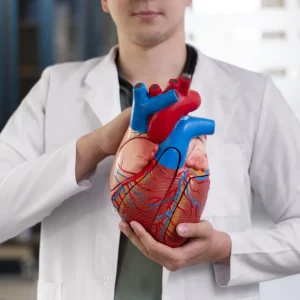
Retinal Microcirculation in Cardiac Rehabilitation
>>> February 2025
Objective is to investigate the impact of three cardiac rehabilitation approaches—standard exercise therapy, standard therapy with TM, and standard therapy with yoga—on retinal microcirculation parameters in cardiac surgery patients.

Laugh Your Way to Well-Being
>>> January 2025
Laughter yoga (LY) combines intentional laughter with deep breathing exercises to improve physical and emotional well-being. Physiologically, it lowers cortisol levels, releases endorphins, and activates the parasympathetic nervous system, promoting relaxation and reducing stress.

The Breath-Brain Connection: Insights from Yogic Science
>>> December 2024
Yoga breathing techniques, known as pranayama, are integral to yoga practice, influencing both physiological and psychological well-being. These techniques have shown promise in modulating cerebral hemodynamics and autonomic nervous system activity.
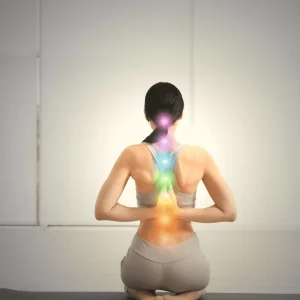
Yoga Nidra and the Default Mode Network
>>> September 2024
In summary, this study provides compelling evidence that yoga nidra significantly affects brain function, enhancing our understanding of the neural mechanisms underlying meditation. These insights are particularly valuable for developing targeted interventions in mental health, emphasizing yoga nidra’s role in contemporary therapeutic practices.

Protect Your Eyesight: How a Simple Yoga Combo Could Save Your Vision
>>> August 2024
Just like the rest of your body, your eyes contain muscles that can become fatigued or weakened if overused or strained. Many eye conditions, like blurry vision, eye strain, and dry eyes, result from these muscles being overworked. Yoga helps by promoting relaxation, enhancing blood flow, and increasing the strength and flexibility of these muscles.
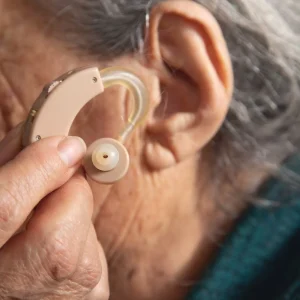
Curious About Hearing Aids?
>>> June 2024
Hearing aids are small electronic devices that assist individuals with mild to profound hearing loss. These medical devices, regulated by the Food and Drug Administration (FDA), come in various styles and sizes and are suitable for people of all ages.Hearing aids do not cure hearing loss or restore normal hearing. However, they significantly enhance the ability to hear and understand speech, improving overall communication.

Sugar-Free, But At What Cost?
>>> June 2024
A Cleveland Clinic study has found that xylitol, a widely used sugar substitute, may be linked to a higher risk of heart attacks and strokes. Published in the European Heart Journal, the research suggests that xylitol can increase platelet activity and blood clot formation, raising concerns about its long-term cardiovascular safety and highlighting the need for further research.

Empowering Cognitive and Immunological Health Through Yoga
>>> May 2024
In a significant scientific exploration titled “Cognitive and immunological effects of yoga compared to memory training in older women at risk for Alzheimer’s disease,” published in Translational Psychiatry, researchers have showed the profound benefits of Kundalini Yoga (KY) in enhancing cognitive functions and modulating immune responses, offering new hope for those at risk of Alzheimer’s Disease.

Understanding Autism And Its Challenges
>>> April 2024
Autism manifests differently in each individual, but familiar challenges include sensory sensitivities, difficulties with communication and social interaction, and repetitive behaviors. .Yoga therapy offers a multifaceted approach to addressing the needs of individuals with autism. By integrating physical postures (asanas), breathing techniques (pranayama), and mindfulness practices, yoga promotes holistic well-being and addresses core areas affected by autism.
Vedant Newsletter


April 2025
Research Chronicles
With over 300 clinical trials currently exploring its effectiveness, yoga therapy is gaining momentum as a complementary approach to managing chronic diseases, mental health conditions, and lifestyle disorders. Despite growing evidence, integrating it into mainstream medical practice remains a challenge.
March 2025
Yoga Therapy for Eye Health: A Holistic Approach to Vision Wellness
Yoga therapy offers a natural way to support eye health and reduce vision-related issues like eye strain, fatigue, and myopia. Regular practice of yogic eye exercises, including palming, blinking, rotational viewing, near and distant focus, and trataka (candle gazing), can help strengthen the eye muscles and improve focus. Breathing techniques such as Bhramari Pranayama (humming bee breath) and Anulom Vilom (alternate nostril breathing) enhance relaxation, reduce stress, and promote better blood circulation to the eyes.

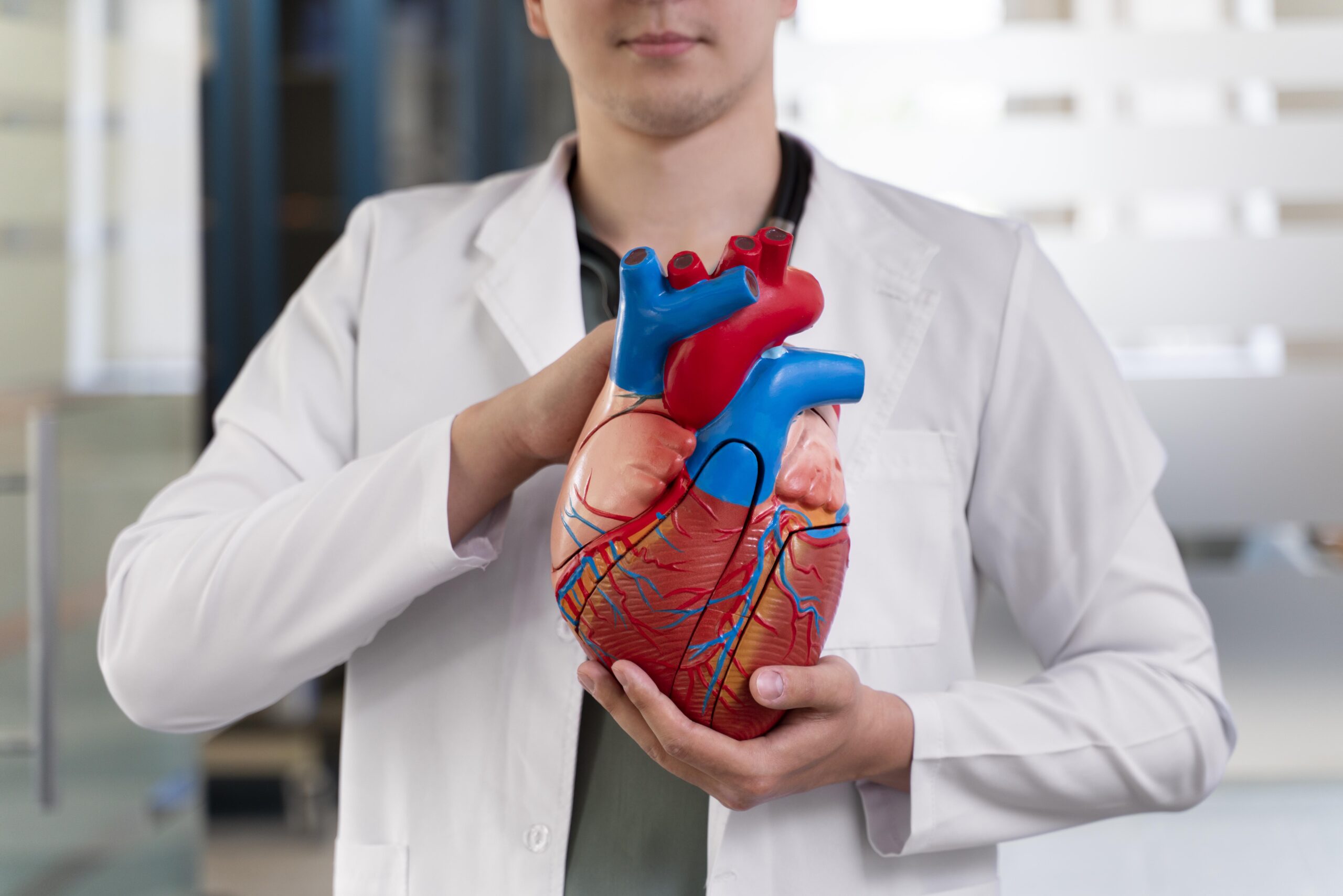
Febuary 2025
Retinal Microcirculation in Cardiac Rehabilitation
Objective To investigate the impact of three cardiac rehabilitation approaches—standard exercise therapy, standard therapy with TM, and standard therapy with yoga—on retinal microcirculation parameters in cardiac surgery patients.
January 2025
Laugh Your Way to Well-Being
Laughter yoga (LY) combines intentional laughter with deep breathing exercises to improve physical and emotional well-being. Physiologically, it lowers cortisol levels, releases endorphins, and activates the parasympathetic nervous system, promoting relaxation and reducing stress. LY also boosts immunity, enhances oxygenation, and supports cardiovascular health, contributing to overall physical resilience.

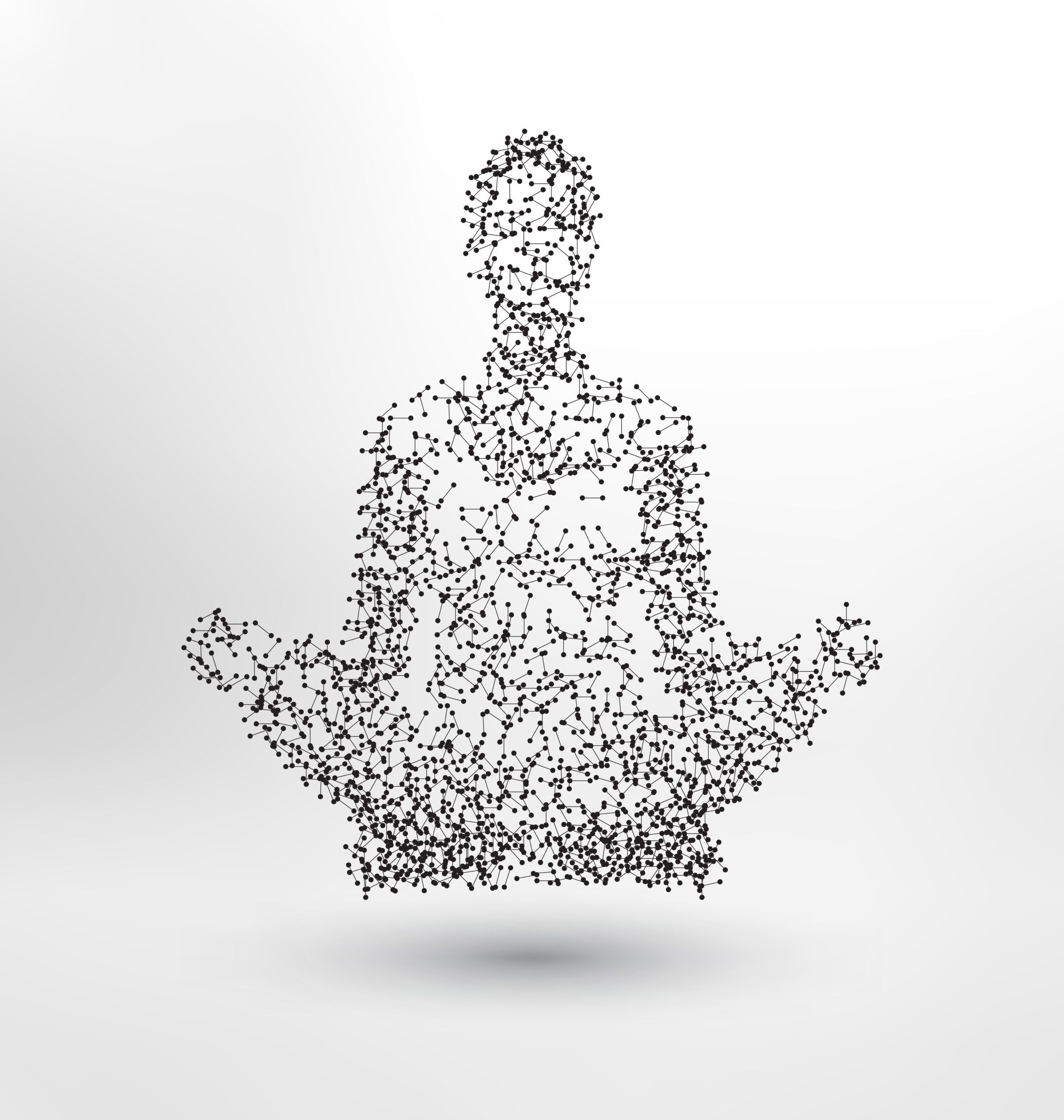
December 2024
The Breath-Brain Connection: Insights from Yogic Science
Yoga breathing techniques, known as pranayama, are integral to yoga practice, influencing both physiological and psychological well-being. These techniques have shown promise in modulating cerebral hemodynamics and autonomic nervous system activity. While high-frequency yoga breathing (HFYB) and low-frequency bumblebee yoga breathing (BBYB) are commonly practiced, their differential impacts on brain blood flow and heart rate variability (HRV) remain underexplored. This study delves into these mechanisms to provide evidence-based insights into their effects.
September 2024
Yoga Nidra and the Default Mode Network: Insights from Neuroscience
In summary, this study provides compelling evidence that yoga nidra significantly affects brain function, enhancing our understanding of the neural mechanisms underlying meditation. These insights are particularly valuable for developing targeted interventions in mental health, emphasizing yoga nidra’s role in contemporary therapeutic practices.


August 2024
Protect Your Eyesight: How a Simple Yoga Combo Could Save Your Vision
Just like the rest of your body, your eyes contain muscles that can become fatigued or weakened if overused or strained. Many eye conditions, like blurry vision, eye strain, and dry eyes, result from these muscles being overworked. Yoga helps by promoting relaxation, enhancing blood flow, and increasing the strength and flexibility of these muscles.
June 2024
Curious About Hearing Aids?
Hearing aids are small electronic devices that assist individuals with mild to profound hearing loss. These medical devices, regulated by the Food and Drug Administration (FDA), come in various styles and sizes and are suitable for people of all ages.
Hearing aids do not cure hearing loss or restore normal hearing. However, they significantly enhance the ability to hear and understand speech, improving overall communication.
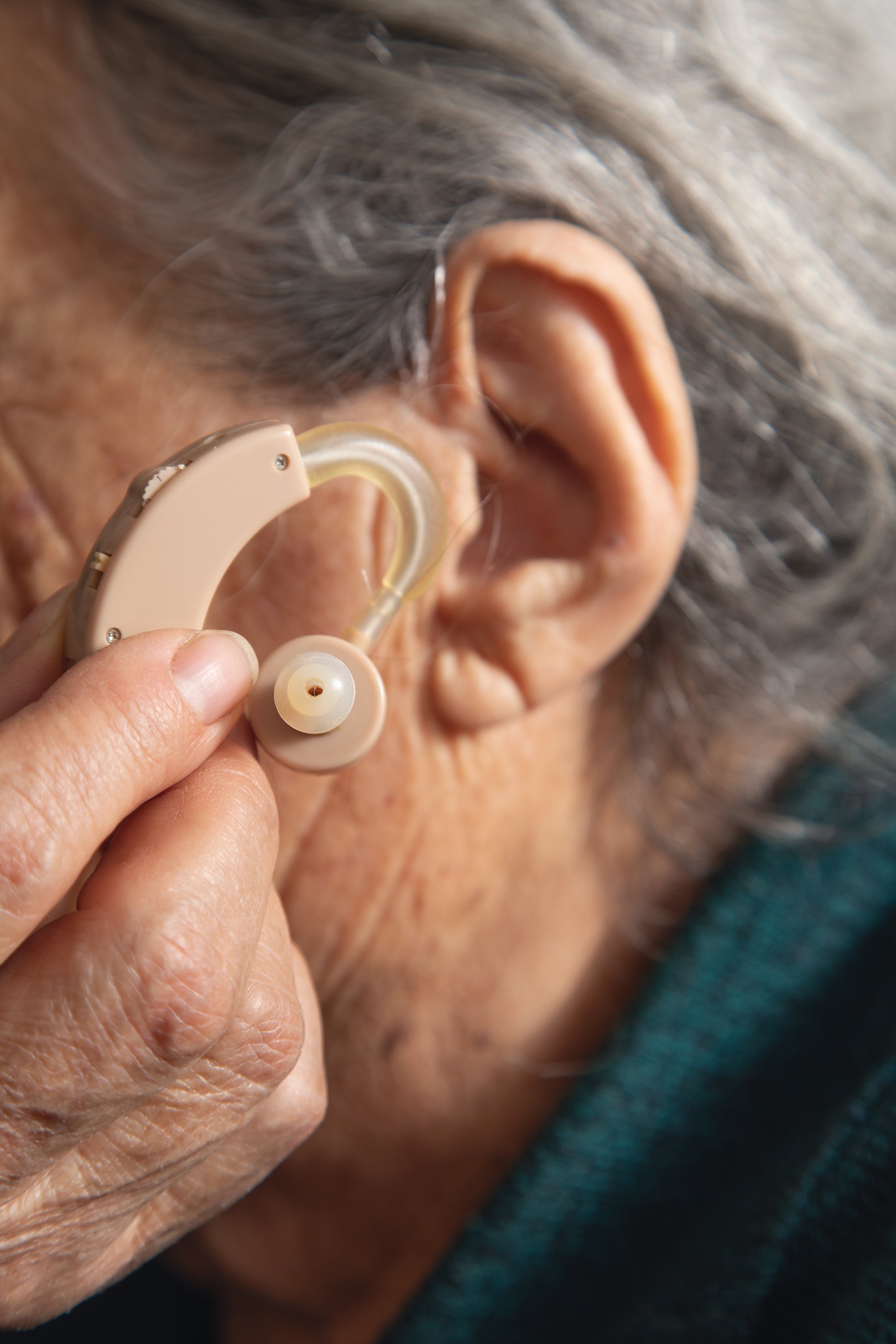
Discver How They Work?
A hearing aid generally comprises three main components: a microphone, an amplifier, and a speaker.

June 2024
Sugar-Free, But At What Cost?
A study by the Cleveland Clinic found that xylitol, a common sugar substitute, might increase the risk of heart attacks and strokes. Researchers studied over 3,000 people and discovered that those with high levels of xylitol in their blood had more active blood platelets, which can lead to dangerous blood clots. This challenges the idea that xylitol is a safe alternative to sugar. The study suggests we should be cautious about consuming products with xylitol and calls for more research to understand its long-term health effects.
the summary
In a comprehensive study spearheaded by the Cleveland Clinic, new evidence has come to light linking the consumption of xylitol, a popular zero-calorie sugar substitute, to an increased risk of cardiovascular events such as heart attacks and strokes. This significant finding, published in the European Heart Journal, highlights the need for further scrutiny of the health implications associated with sugar alcohols and artificial sweeteners, which have seen a substantial rise in use over the past decade.
May 2024
Empowering Cognitive and Immunological Health Through Yoga
In a significant scientific exploration titled “Cognitive and immunological effects of yoga compared to memory training in older women at risk for Alzheimer’s disease,” published in Translational Psychiatry, researchers have showed the profound benefits of Kundalini Yoga (KY) in enhancing cognitive functions and modulating immune responses, offering new hope for those at risk of Alzheimer’s Disease.


April 2024
Understanding Autism And Its Challenges
Autism manifests differently in each individual, but familiar challenges include sensory sensitivities, difficulties with communication and social interaction, and repetitive behaviors. These challenges can significantly impact daily functioning and overall well-being.
Yoga therapy offers a multifaceted approach to addressing the needs of individuals with autism. By integrating physical postures (asanas), breathing techniques (pranayama), and mindfulness practices, yoga promotes holistic well-being and addresses core areas affected by autism.
